Published 27/06/2018
From Native American ritual to Weimar Germany's Bauhaus Stage, discover our Marketing Assistant's top pics in the archive
|
1. What is your role at Bridgeman? I'm the newest member of the Bridgeman Marketing team. We have the challenge of spotlighting different areas of the archive to help showcase the wide variety of images and clips on offer for clients. Fine Art, Photography and more are all available and we need to think up creative ways to show them off!
2. What do you love most about the job? The exposure to all the history and culture that the archive provides. I have the chance to explore little-known artworks, rare historical artifacts, a treasure trove of costume designs, and native cultures that are long forgotten in typical daily life - all from my desk. Having the opportunity to then write about these and share them with the world is a pleasure!
3. What misconceptions do clients most commonly have about the archive? I think people tend to assume that all the archive contains are art-based images - indeed, Bridgeman are known for their huge art archive - but there's so much more than that. As I've mentioned, historic photographs and cultural artifacts are two of my favourite things to explore in the archive, and there's so much more than one might expect. The best way to find what you want is just to dive in.
Ethan's favourite images and clips in the archive are... |
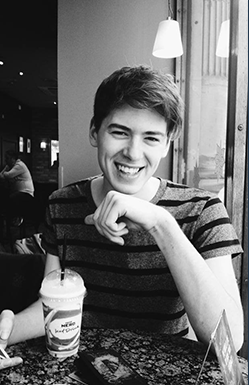
|
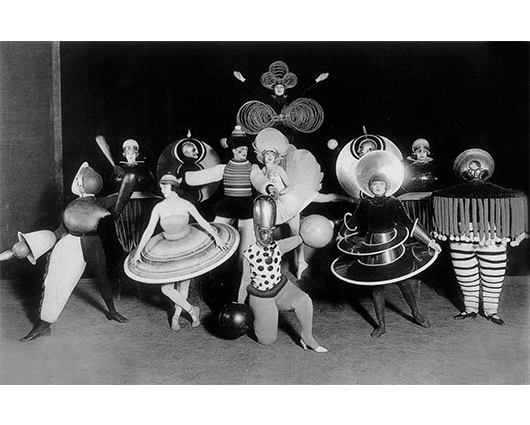
1. Costumes by Bauhaus artist Oskar Schlemmer designed for his Triadic Ballet, 1926
From the first term of my art degree I was absolutely entranced by the outlandish costumes and performances of the Dadaists in Zurich. This inspired me and for the rest of my degree I practised costume design and performance, gradually incorporating more installation-based elements as time went by.
When I discovered the Triadic Ballet created by Bauhaus teacher Oskar Schlemmer I began to produce work much more quickly, bristling with ideas. Schlemmer is one of my favourite artists so it is fascinating to see a selection of high-quality images of his many works in the archive. I love the geometric style used in many of his costumes for the ballet – more in common with statues and dolls than ballet dancers, the variety of costumes shown in this 1929 image provides us with a unique glimpse of the range of characters on display.
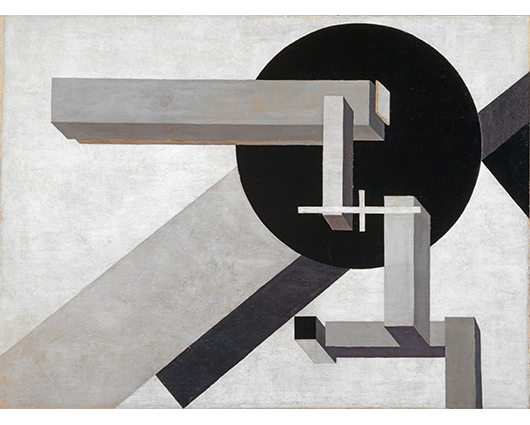
2. El Lissitzky, Proun 1 D, 1919
On a trip to Germany with my college a few years ago I came across one of El Lissitzky’s 3D 'Proun' room sculptures twisted around three walls of a small room, with a selection of rectangles and spheres appearing to hang off the wall – the work seemed to creep off the wall itself and into the viewer’s space. 'Proun' is a word Lissitzky himself invented to indicate the station where one changes 'from painting to architecture'.
I’ve always been inspired by the boundaries between the artwork and the viewer, and how these can be tweaked and twisted. Many artists paint in an abstract geometric style but Lissitzky’s seem to float, backed by backgrounds of varying depth completely still and in total harmony - even on the strictly 2D plane.
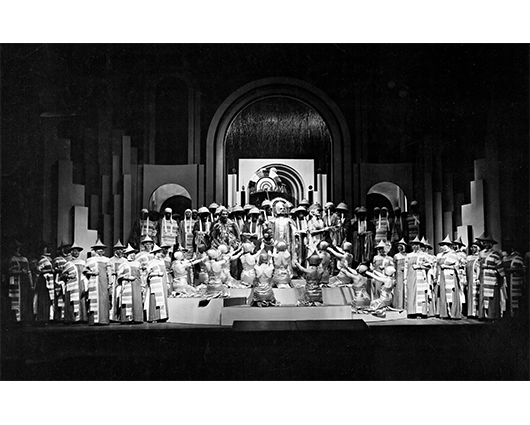
3. Final scene from a performance of the opera 'The Magic Flute' by Wolfgang Amadeus Mozart at the Berlin Kroll Opera, Germany, 1929
Weimar Germany produced much of my favourite artwork – films, visual arts and theatre all bore a gloriously extravagant aesthetic bound with a fascination to explore different ways of looking at society. I had no knowledge of Mozart’s opera ‘The Magic Flute’ until I was searching the archive for some images recently and came across a whole selection of photographs from a 1929 performance.
This particular photograph is incredible – the art deco style used for the costume seems to incorporate elements of tribal design, as well as the angular forms and geometric shapes common in Weimar Germany’s architecture to create a pseudo-futuristic society - which strongly evokes shots of Fritz Lang’s 1927 silent film Metropolis in terms of both scale and visual impact. I wish there was a film made of this performance! Then again, the fleeting nature of theatre does give it a character all its own.
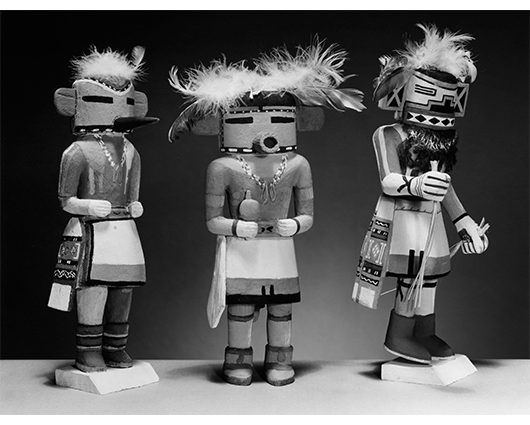
4. Hopi Kachina wooden carved Dolls. Representing Hopi spirits or Kachinas, from Arizona.
When I was a child my parents and I travelled across some regions of America, briefly stopping off in a camp of native Americans who were selling various arts and crafts. I had an interest in ritual masks, especially those from Africa and native America and my parents picked up a kachina for me – representing one of several ritual spirits of the Hopi tribe, each spirit had a different function in their culture. I imagined the stories and experiences the Hopi tribe could share from their peak after our visit.
The design of the kachina at my parents’ house is very similar to the figure on the right, so I suspect they both depict the same spirit - though the method in which the human form is represented is different. The history of human native ritual is also another interest of mine and one of the driving forces in the installations I made while at university.
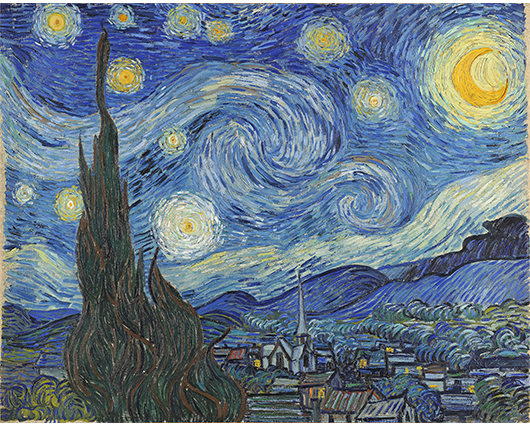
5. Starry Night, Van Gogh (June 1889)
Starry Night is a well known impressionist artwork and considered one of the most popular masterpieces from Van Gogh. Gogh’s troubled life always seems so tragic to me. His usage of colour is often cited as one of the most striking elements of his work, but to me he often also evokes intense motion. The world and surrounding environment as he saw them were totally alive. I think his depiction of a simple night sky is absolutely stunning. Art for me is about how individuals choose to interpret and see the world, and as far as paintings go this is one of my all time favourites.

6. The Space Race of the Soviet Union: Footage of labs and animations of Luna 1 orbiting the Moon (1950's)
This footage of various laboratory work and computer prep is fascinating, but what really draws me to this clip are the animations. The Space Race between the USSR and America pushed both regions to their limit, their aim was well ahead of its time. Both parties attempted historic feats, highly challenging even for today's most skilled scientists, astronauts and technicians.
The animation seems naive by today's standards but certainly has a sense of wide-eyed wonder about it, making it quite endearing in a strange way. By contrast the large, chunky computer banks, endless corridors of work desks and huge rooms full of machinery simply further our impression of how much of a challenge this must have been in reality for the workers of the time.


